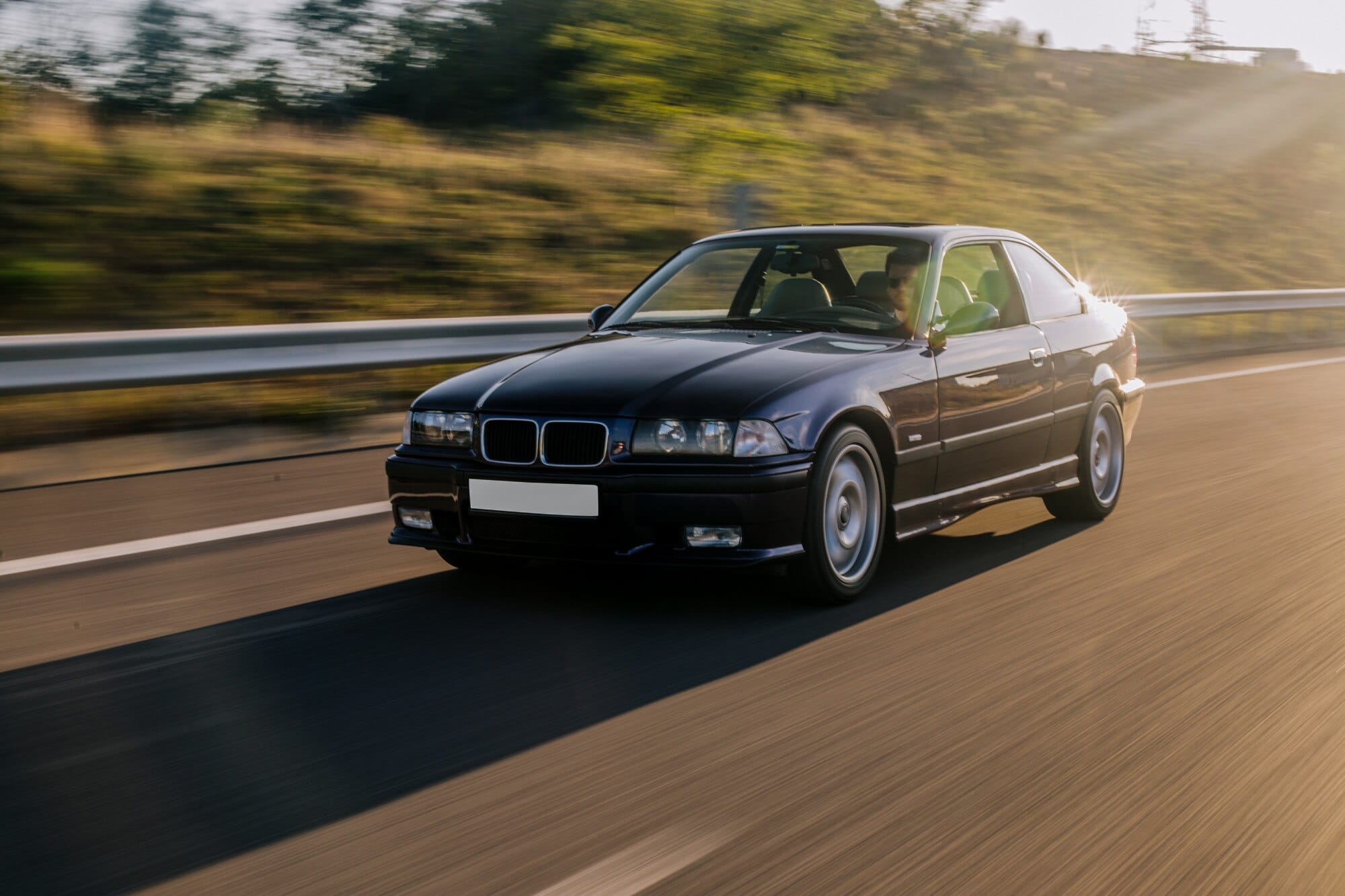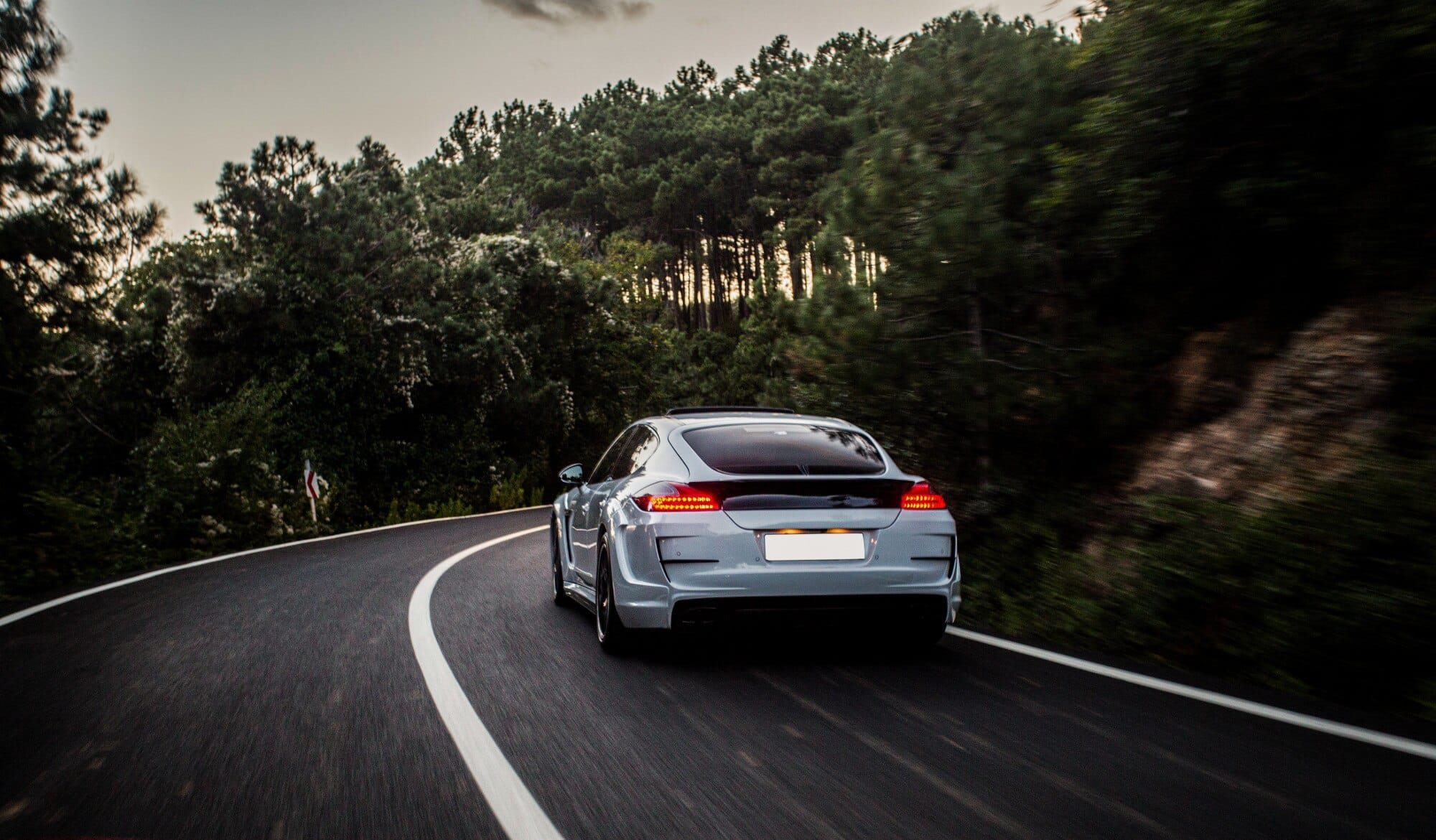2024 Polestar 4 Long Range Dual Motor review

Polestar adds a 4 to its range, which slots in between the 2 and 3. It’s not exactly conventional but it has its moments.
It’s brutal out there for EV makers at present, and has been for most of 2024, with sales tanking. Most governments removed EV incentives at much the same time.
Moreover, Europe and the US have taken aim at Chinese-built EVs, imposing massive tariffs to protect their own industries.
This has left companies that produce EVs in China like Cupra, Volvo and Polestar, in a bit of a pickle. Volvo decided it could no longer prop up Polestar and Geely has taken over the financing reins there, following a substantial drop in sales.
So Polestar will be hoping for big things from its new 3 and 4 luxury SUV/Coupe SUV, respectively. Both recently dotted down here together.

The company describes the Polestar 4 as an electric performance SUV coupé. Slotting it in the SUV class is arguably a stretch. To behold this is hardly high-rise stuff, with ground clearance of 166mm.
We’d say a crossover, at best, with a hefty helping of DNA from the luxury saloon area. On size and price, it slots in between Polestar 2 and Polestar 3.
One screen short
It really is rather an eye-catching vehicle, with its distinctive Thor’s hammer headlights (actually they’re DRLs and the real things are just below those). The profile is quite something, with nipped overhangs.
From the driver’s seat you cannot see any bonnet, just a couple of sweet fenders bumps. There’s no badging, just some Polestar emblems. A decal on the side says Polestar 4, 100kWh, 400kW. The 686Nm tally isn’t a round number so isn’t included.
What makes it unusual is the lack of a rear screen; in its place is metal. The designers wanted rear seat occupants to also feel special.
In the back are power reclining seats and a full length glass roof – optionally with day/night optics – that extends all the way back to where the rear screen might start. There’s simply no viewing space left so a regular rear view mirror would have showed jack.
Instead, there’s a digital mirror, relaying images from a rear facing camera. The only real downside is that visual accommodation isn’t as easy but you adjust to it quite quickly.

Seated in the rear and it’s much lighter and airier than you might imagine. Plus you can kick back – there’s acres of space – and change air con and media settings from back there.
Seats are finished in vegan leather too, which works well. Polestar describes being back there as an “immersive rear occupant experience”.
With the window tints either side, and no rear screen you have extra privacy which some might rather like.
Big central screen instead
So there’s no rear screen but the central infotainment monitor tries to compensate. Where in other Polestars they’re oriented portrait style, this is landscape. It initially does your head in working out and remembering where everything is because there are no visible buttons in the cabin (except for a few on the wheel).
While there’s nothing quite like the minimalism of a button-free interior, one wonders how popular devolving everything to a screen is with customers. It can be a significant distraction.

Even simple things like mirror controls are made complex. You can adjust these from a wheel-mounted controller but if you forget and use the central screen, they’re buried four layers deep.
What’s wrong with a single knob on the door? So much simpler and it’s not a button.
Anyhow, with familiarity things become easier, as they do. Thank heaven for the Shortcut bar. This makes it easier to change things you fiddle with frequently, like the regen settings.
We’d rather paddles for this but once in the shortcut menu, it’s simple to manipulate. On that, we wish makers of touchscreens would allow all sorts of jabs, pokes and touches to work each time, every time.
This doesn’t like the stabby approach. A light touch is best. Sometimes I’d hit the function three times with no success.
And this touchscreen proved a bit glitchy too. That’s sometimes the case with a first-generation machine. On day one, ACC (Pilot Assist) didn’t work.
On day two and three it did but on day four it went on strike again. On one of those days a red engine lamp illuminated with an exclamation mark. Odd, because there’s no engine in this vehicle.
Next day, the red lamp had gone. Save your favourite radio stations and next day, they might not be there either. Perhaps that’s because we went out of radio range. Anyway, it was the same with the head-up display.
Turn it on one day, and next day it’s off again. Thank heavens these things can be improved with time by over-the-air updates.
One aspect we did appreciate was that you could turn off the overspeed audible warning. It isn’t too loud but four bleeps is two too many.
And despite the touchscreen distraction, the overseer isn’t forever on your case about not focusing on driving.
Previous entry
2024 Volkwagen Tiguan R-Line review
Read 8 minutes
Next entry
2024 BYD Sealion 6 Premium review
Read 4 minutes
New BMW 1 Series Now On Sale With Two Variants
Read 4 minutes
Ford Is Cutting EV Production In Europe
Read 2 minutes
2024 MG HS Essence review
Read 3 minutes
2024 Volkswagen Golf GTI review
Read 2 minutes
2024 Mercedes-Benz GLE 450 4Matic Coupe review
Read 2 minutes
2024 Toyota Prius PHEV review
Read 6 minutes














